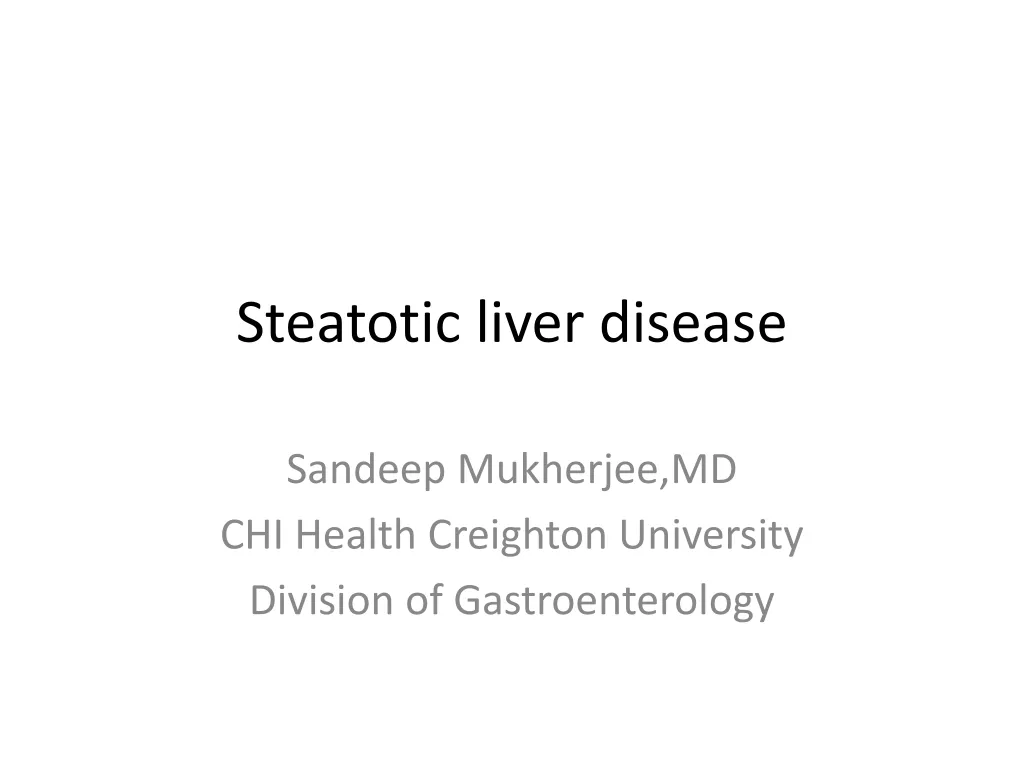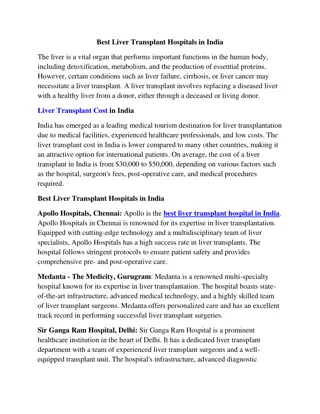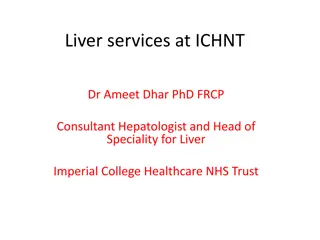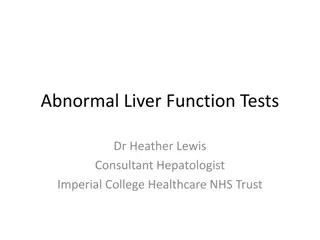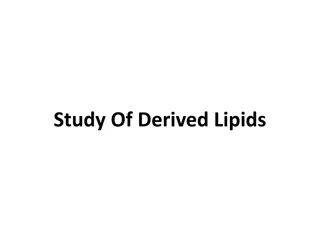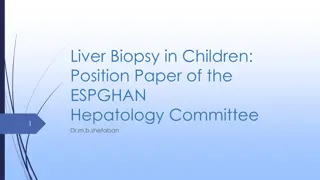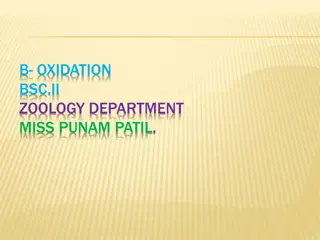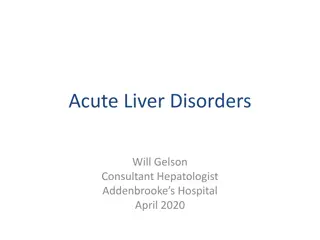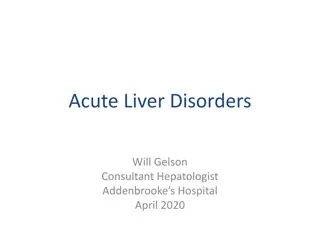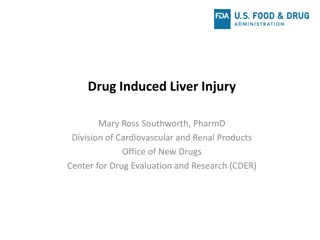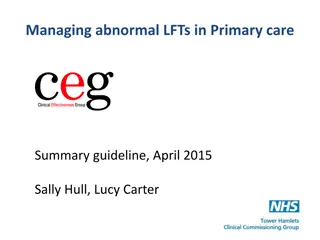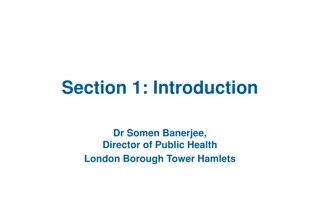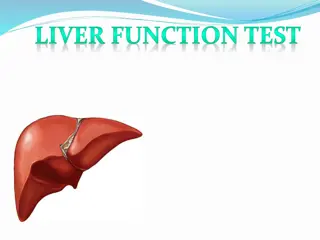Screening for Fatty Liver Disease in Primary Care
This presentation covers epidemiology, risk factors, screening tools, and management strategies for Fatty Liver Disease (FLD) in primary care settings. Understand the importance of early detection and intervention to prevent disease progression.
Download Presentation

Please find below an Image/Link to download the presentation.
The content on the website is provided AS IS for your information and personal use only. It may not be sold, licensed, or shared on other websites without obtaining consent from the author.If you encounter any issues during the download, it is possible that the publisher has removed the file from their server.
You are allowed to download the files provided on this website for personal or commercial use, subject to the condition that they are used lawfully. All files are the property of their respective owners.
The content on the website is provided AS IS for your information and personal use only. It may not be sold, licensed, or shared on other websites without obtaining consent from the author.
E N D
Presentation Transcript
I will be giving a lecture for week 13 of the didactic portion of course N7228.02 Advanced Practice Adult Nursing Clinical Practicum II to the Adult Gero Advanced Practice cohort at the OSU College of Nursing This presentation will cover Screening for Fatty Liver Disease in Primary Care.
Epidemiology 30% of US Adult Population estimated to have NAFLD NAFLD Predicted to increase 21% from 83 million (2015) to 100.9 million (2030 NAFLD is 3rdmost common cause of HCC 20-25% of NAFLD will progress to NASH (>F3 Fibrosis) Worldwide Prevalence 25%
Fatty Liver Disease (FLD) Definition Nonalcoholic Fatty Liver Disease (NAFLD) Nonalcoholic Steatohepatitis (NASH) Risk factors for FLD Primary Obesity, Diabetes, Hyperlipidemia, Hypertension, Metabolic Syndrome Secondary Severe weight loss, TPN, toxic exposures, disorders of lipid metabolism, drug-induced, Hepatitis, alcohol, thyroid
Risk Factors for FLD Obesity Ethnicity/genetics Age Diabetes Metabolic Syndrome Hyperlipidemia Drug-Induced Alcohol
Screening Tools Ultrasound Ultrasound with elastography MRI with elastography Biochemical markers Liver function tests Fibrosure Fibroscan
Screening in Primary Care Labs Liver Function tests (ALT, AST, T. Bili, Alkaline phosphatase) Radiology Ultrasound of the liver Fibroscan (if available)
Exclude other causes of CLD assess ETOH use Risk Factors No evidence of CLD Young Age No evidence of advanced LD Life style modifications (Diet & Exercise) Repeat labs in 6 months Suspicious for other CLD NAFLD dx is uncertain Unsuccessful Risks (DM,)LFT elevated High Fib 4 score Refer to GI or Hepatology Fibroscan or USE and/or liver biopsy Goals Achieved. Monitor 6-12 months Refer to GI/Hepatology Consider Liver bx
Referral GI or Hepatology Labs: Hepatic function (ALT/AST, Alk Phos >2 x ULN), PT/INR, thrombocytopenia AFP,GGT Symptoms: jaundice, ascites, elevated ammonia levels (confusion) Co-morbid diagnosis: Hepatitis, splenomegaly, pancreatic disease
Key Points Consider Risk Factors for FLD Treat Diabetes, Hypertension, Hyperlipidemia Reinforce Weight loss Promote exercise. Consider referral to weight management program Silver Sneakers program Health Apps (My Fitness App) Case Studies utilizing Concept Mapping Students will divide into three groups and will have 15 minutes to discuss the case using the concept map, present the case using the concept mapping template (approximately 5-10 minutes each).


